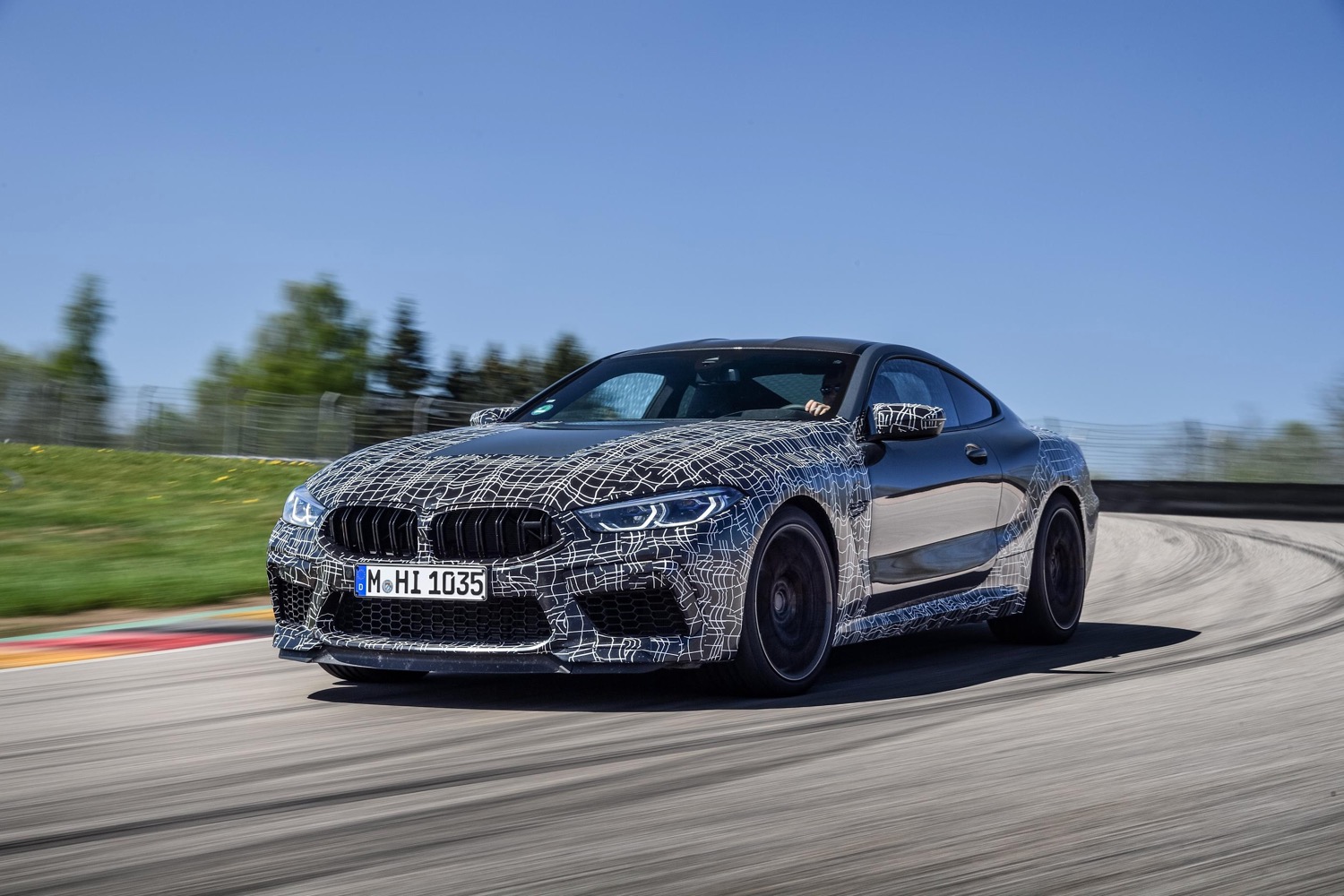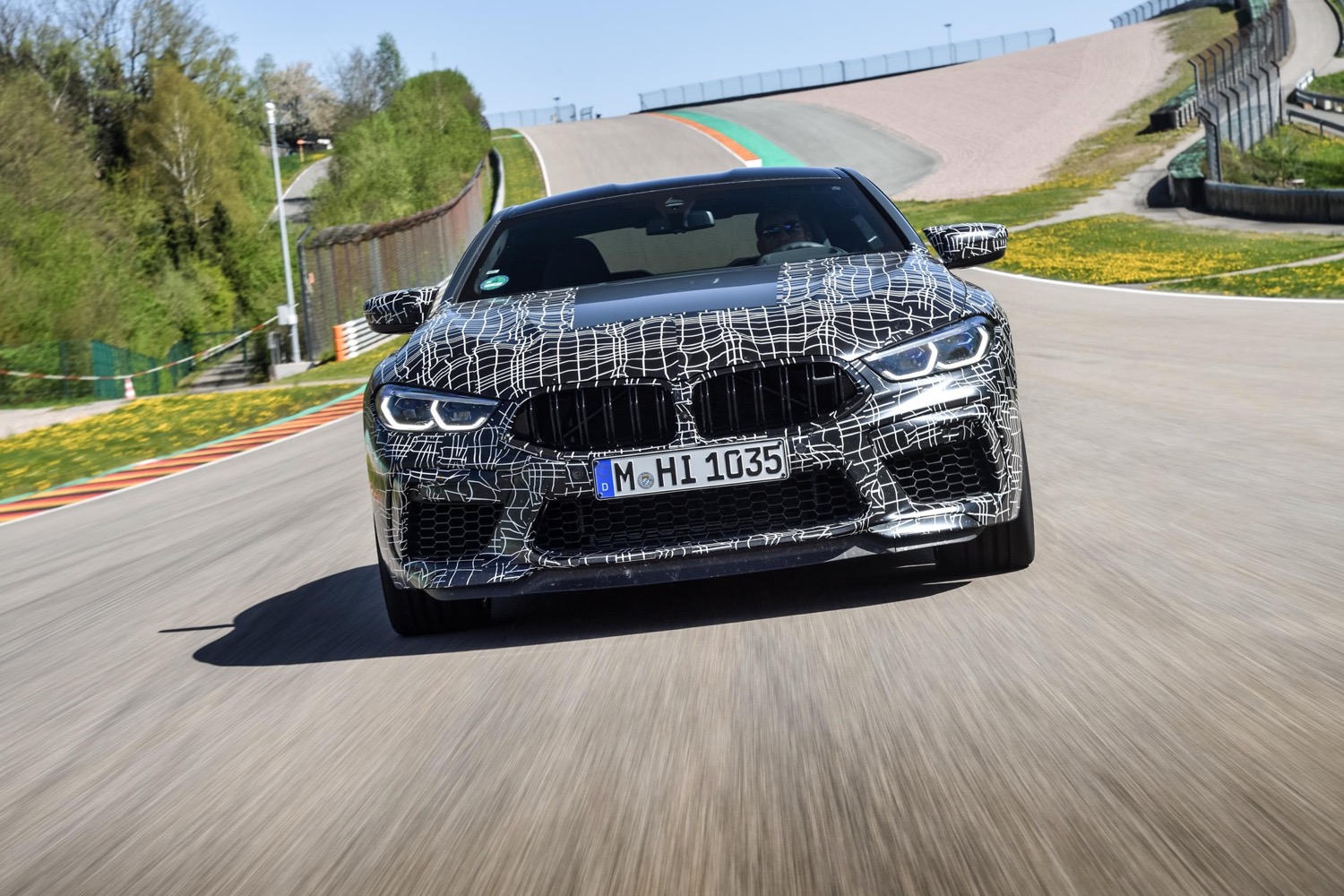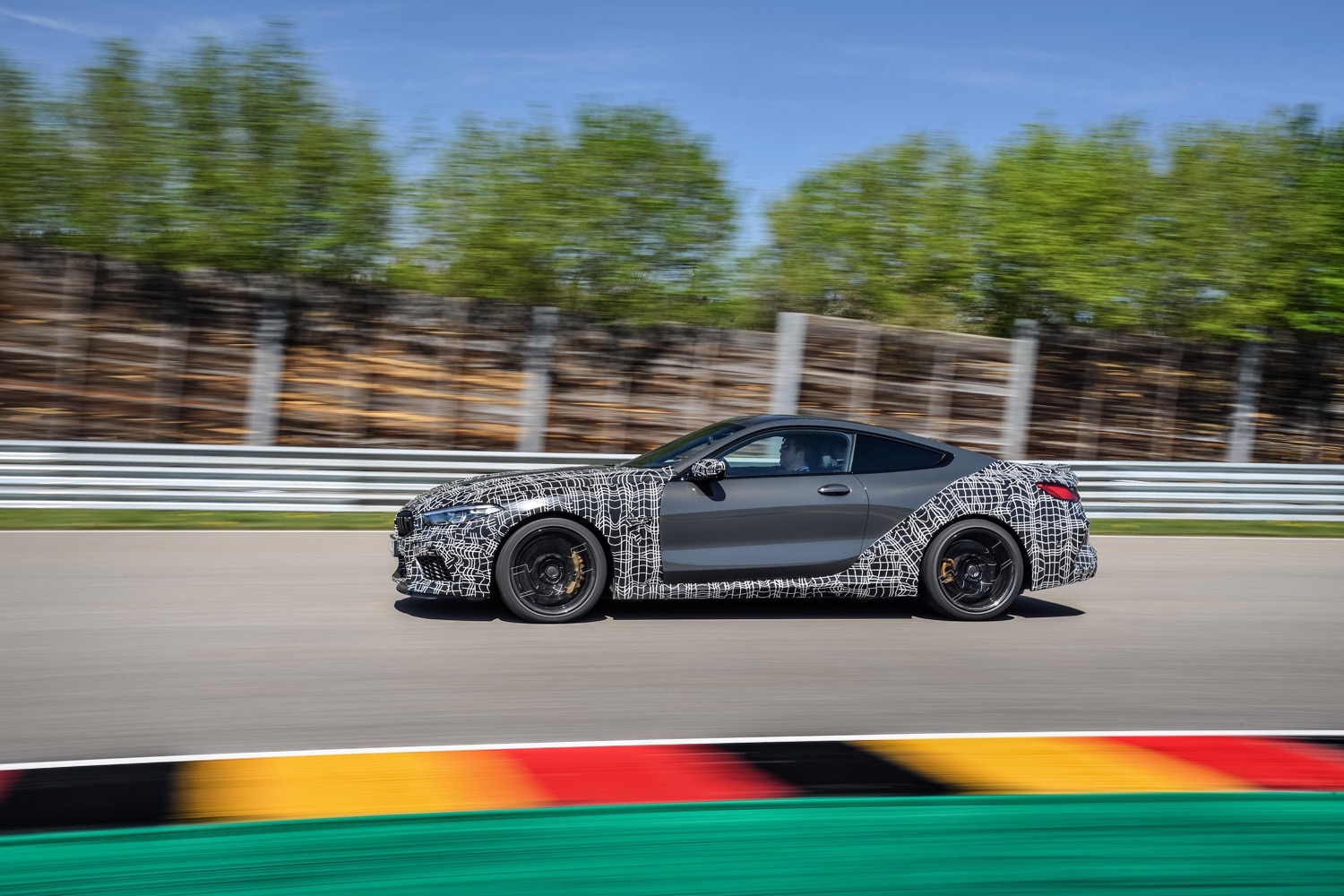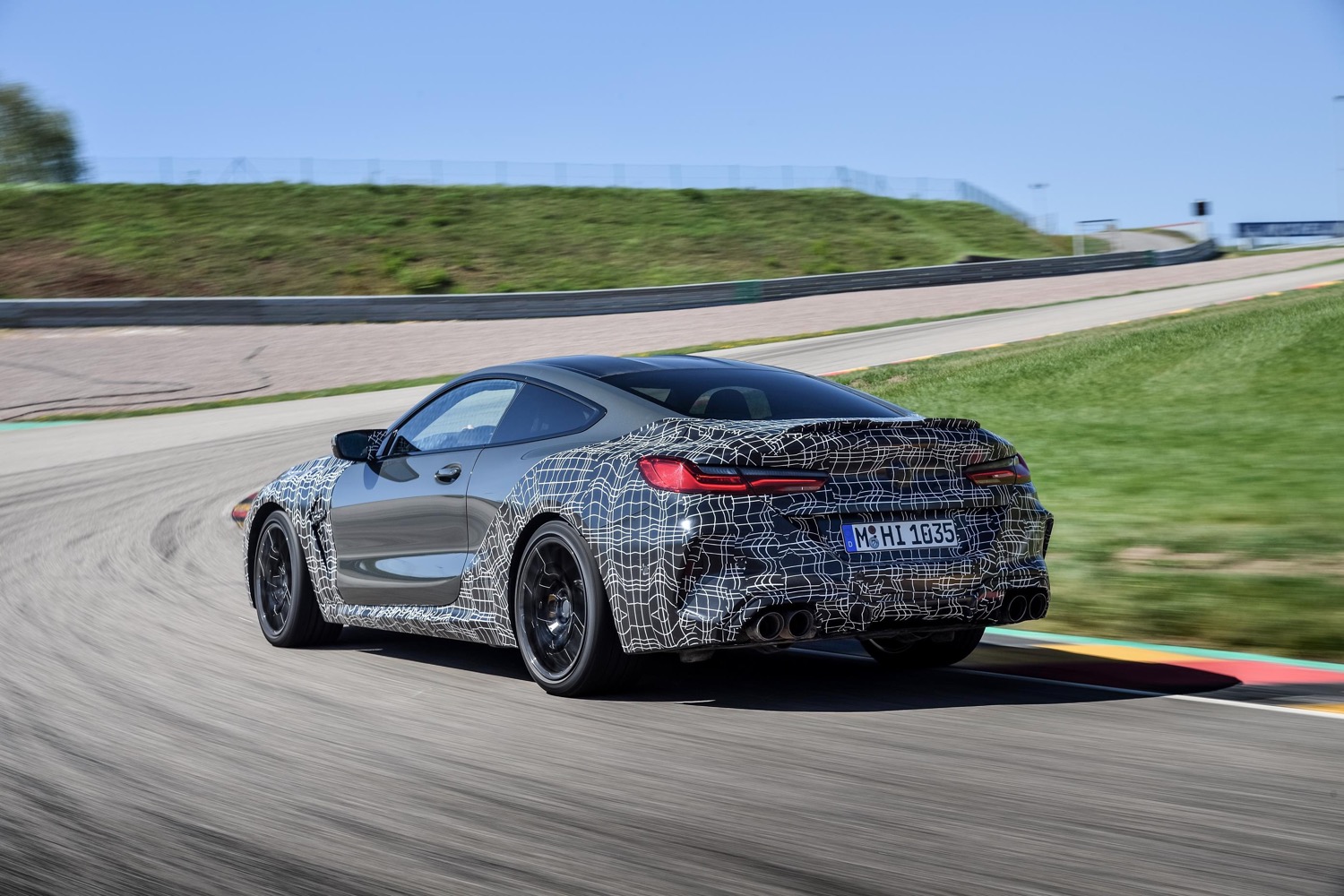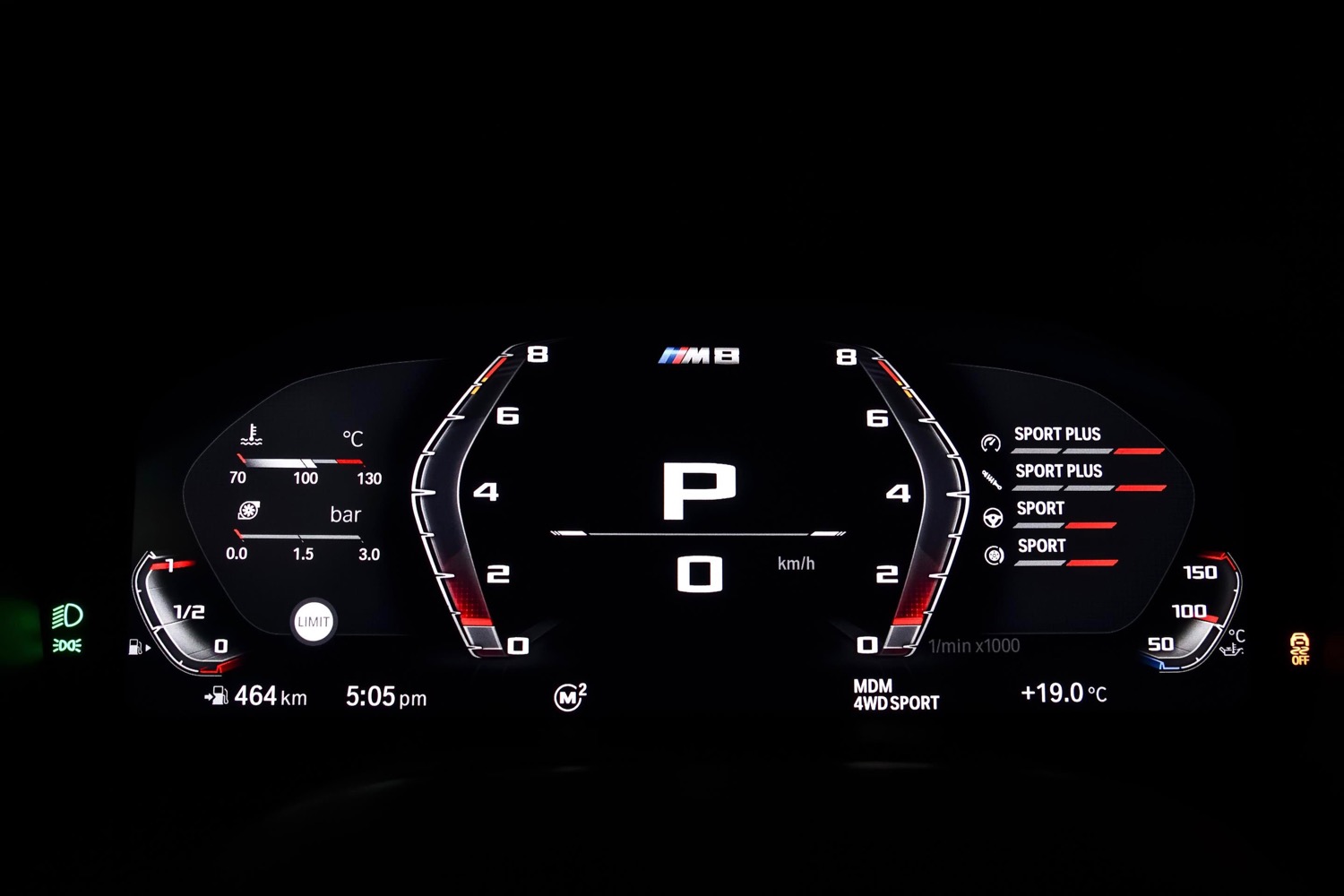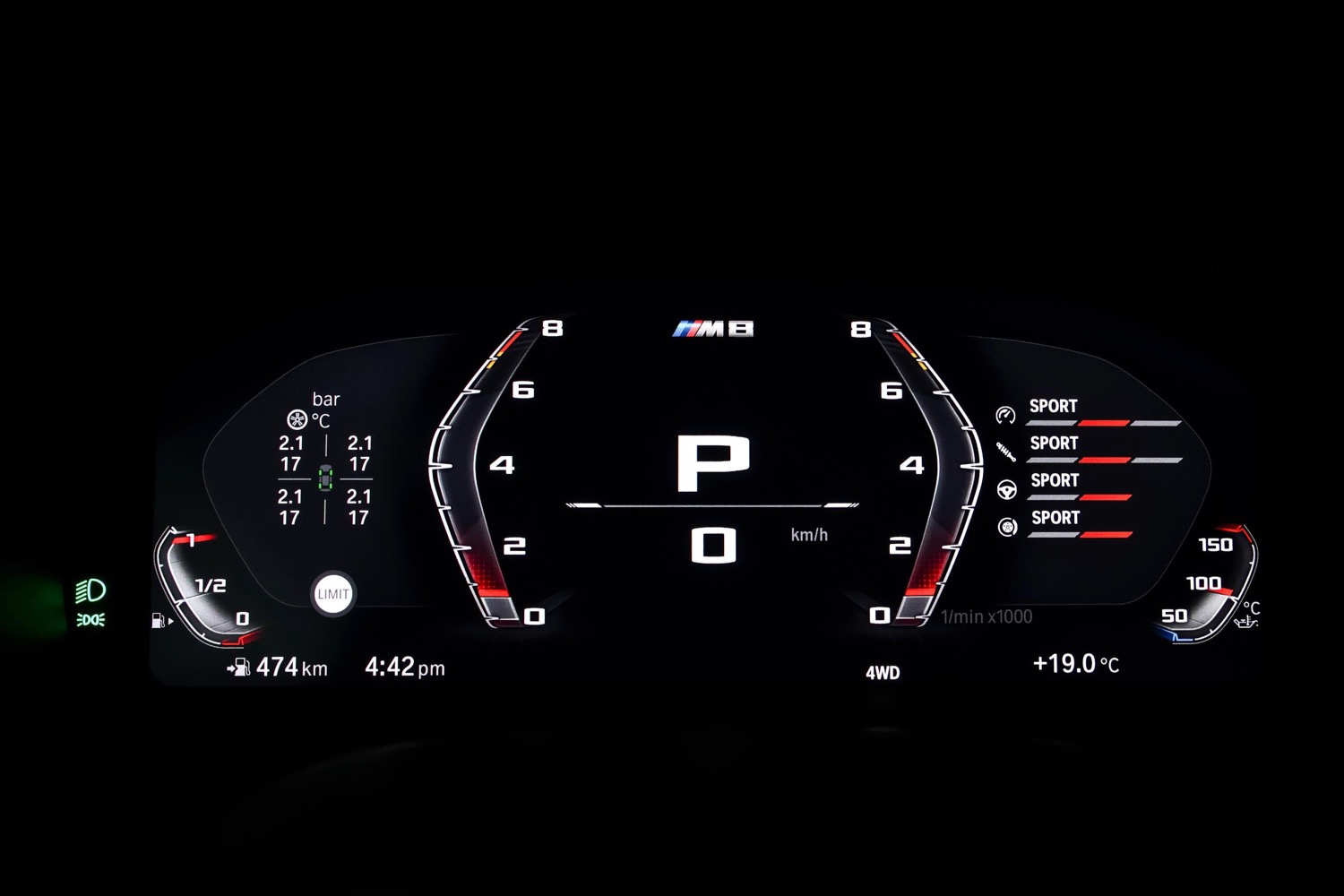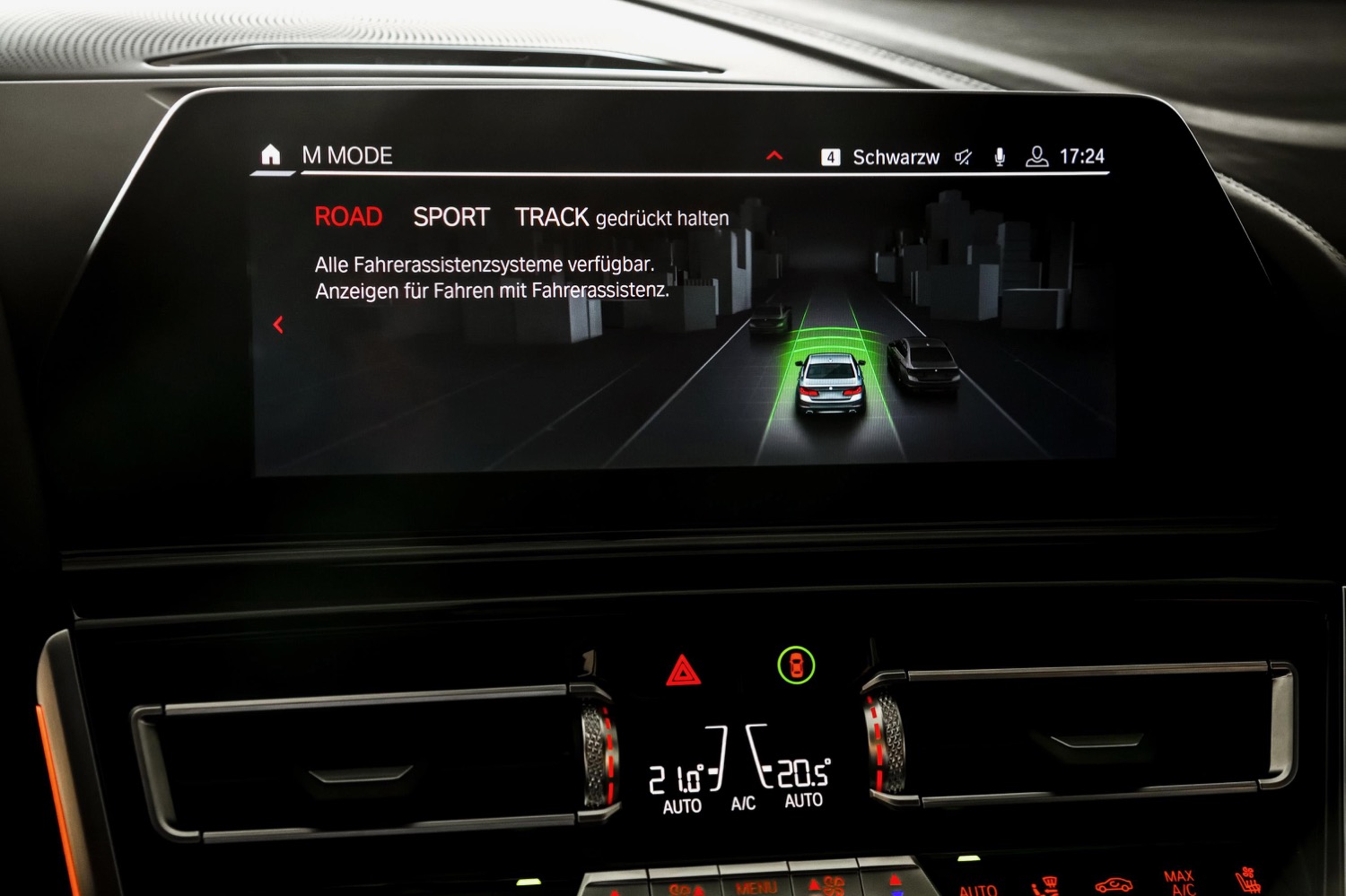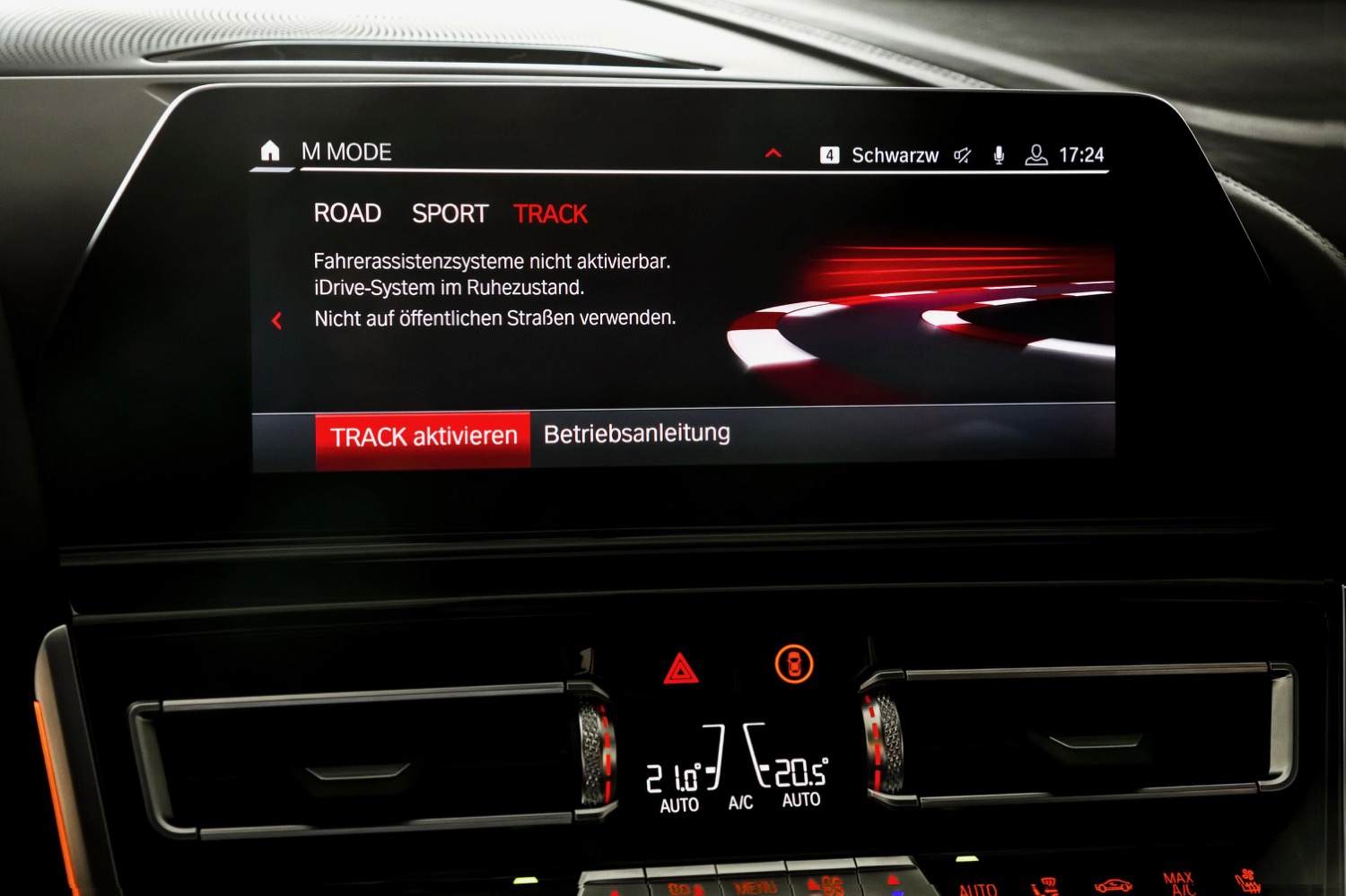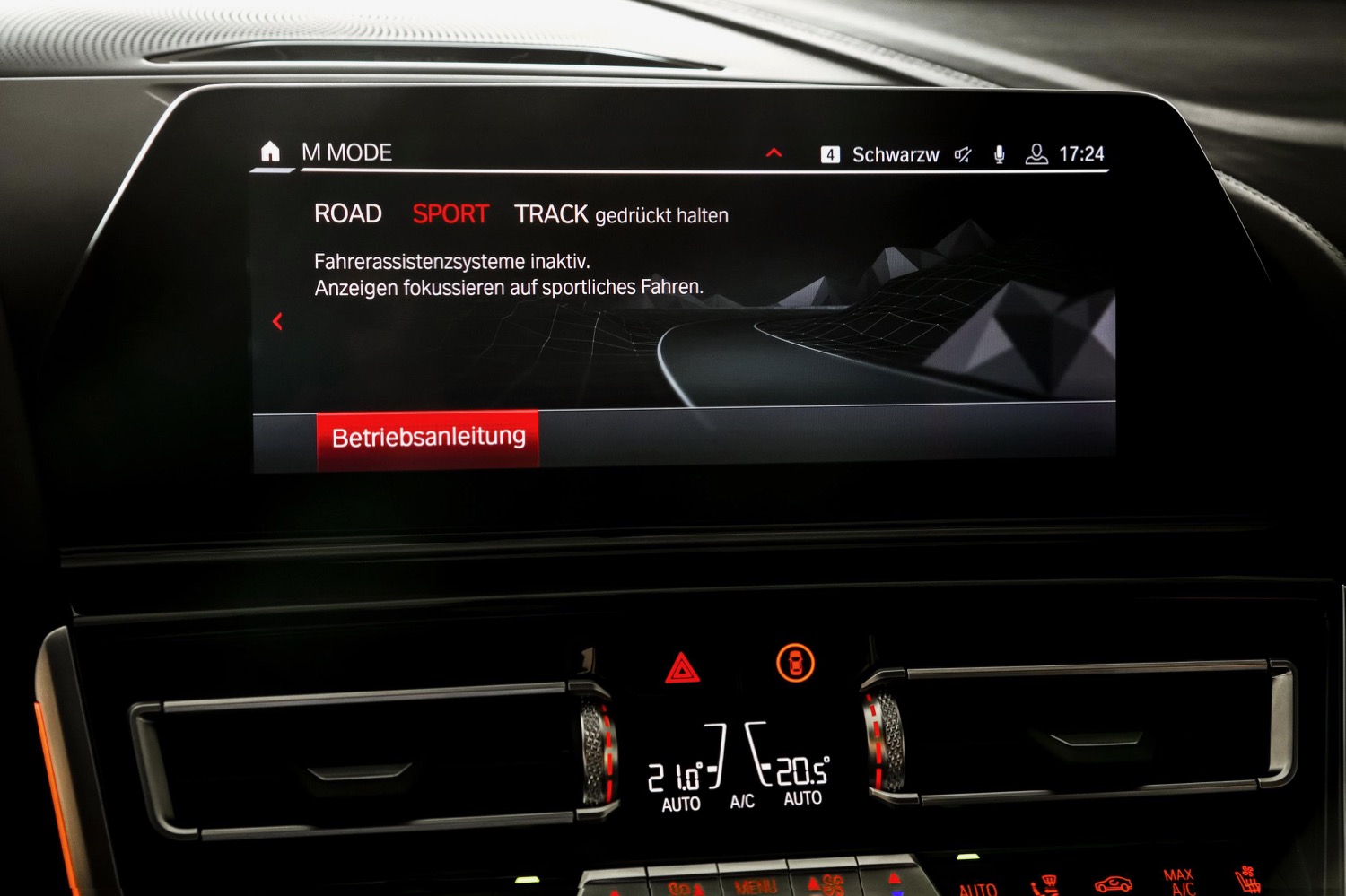Children of the ’90s rejoiced when BMW brought back the 8 Series, its flagship coupe from the Bill Clinton years. But BMW isn’t stopping there.
Alongside the standard 8 Series, BMW is developing an M8 performance model. Camouflaged prototypes have been running around in public since late 2017, and BMW already has a race car based on the M8. The car won’t go on sale for at least a few more months, though. BMW is expected to launch two-door coupe and convertible versions first, followed by a four-door Gran Coupe model. All three should be worth the wait.
This will be the first official BMW M8 production model. BMW never sold an M version of the original 8 Series, which was available in the United States from 1989 to 1997, although it did build a one-off prototype with the 6.0-liter V12 from the McLaren F1. Left Lane News reports the M8 road car will use an updated version of the 4.0-liter twin-turbocharged V8 found in the latest M5. Here’s where things really get interesting. While the new M5 makes tremendous 600 horsepower, the M8 will reportedly kick things up several notches to an eye-watering 700 horses.
In addition to mountains of power, the M8 is expected to use an eight-speed automatic transmission and the M5’s new xDrive system. As in the M5, the system will be able to switch between all-wheel drive and rear-wheel drive, allowing for plenty of sideways action when the driver wants it. A new integrated braking system also gives the driver a choice in pedal feel. Comfort and sport modes change the amount of pressure on the brake pedal needed to stop the car, with sport mode providing a quicker response from the brakes. BMW is known for sweating the small stuff, but this takes things to a whole new level.
Technology that adds convenience on the road can prove distracting on the track, something BMW sought to address with the M8’s information displays. The car gets a single setup button that pulls up menus for all performance-related settings, including the powertrain, all-wheel drive system, and brakes. M Mode brings up specific screens for the digital instrument cluster and head-up display. The M8 Competition model also gets a track setting, which switches off the infotainment screen and audio system to minimize distraction. Designed only for use on a closed course, the track setting also deactivates all driver aids. These can be helpful on the road, but they aren’t designed to work on a racetrack.
The M8 road car may still be driving around in camouflage, but the BMW M8 GTE race car is already competing in the United States and Europe. In the U.S., you can catch the M8 GTE in the IMSA WeatherTech SportsCar Championship, where it races in the GTLM class against the Chevrolet Corvette, Ford GT, Porsche 911, and Ferrari 488.
The BMW M8 coupe and convertible are expected to launch later this year, followed by the four-door M8 Gran Coupe. When it arrives, the M8 will be the most luxurious car in BMW’s M performance lineup, competing with the likes of the Mercedes-AMG S63 and Bentley Continental GT.
Updated on May 9, 2018: Added information on the M8’s reconfigurable displays and braking system.
Editors' Recommendations
- The BMW i7 M70 is an electric limousine that does supercar speeds
- Early benchmarks reveal insane performance for new M1 Max MacBook Pro
- LG brings new 4K TVs, 8K TVs, and a Samsung Frame TV look-alike to CES 2020
- BMW stripped weight and added power to make its pint-sized M2 even better
- BMW M bundles supercar-like performance into the X5 and the X6
